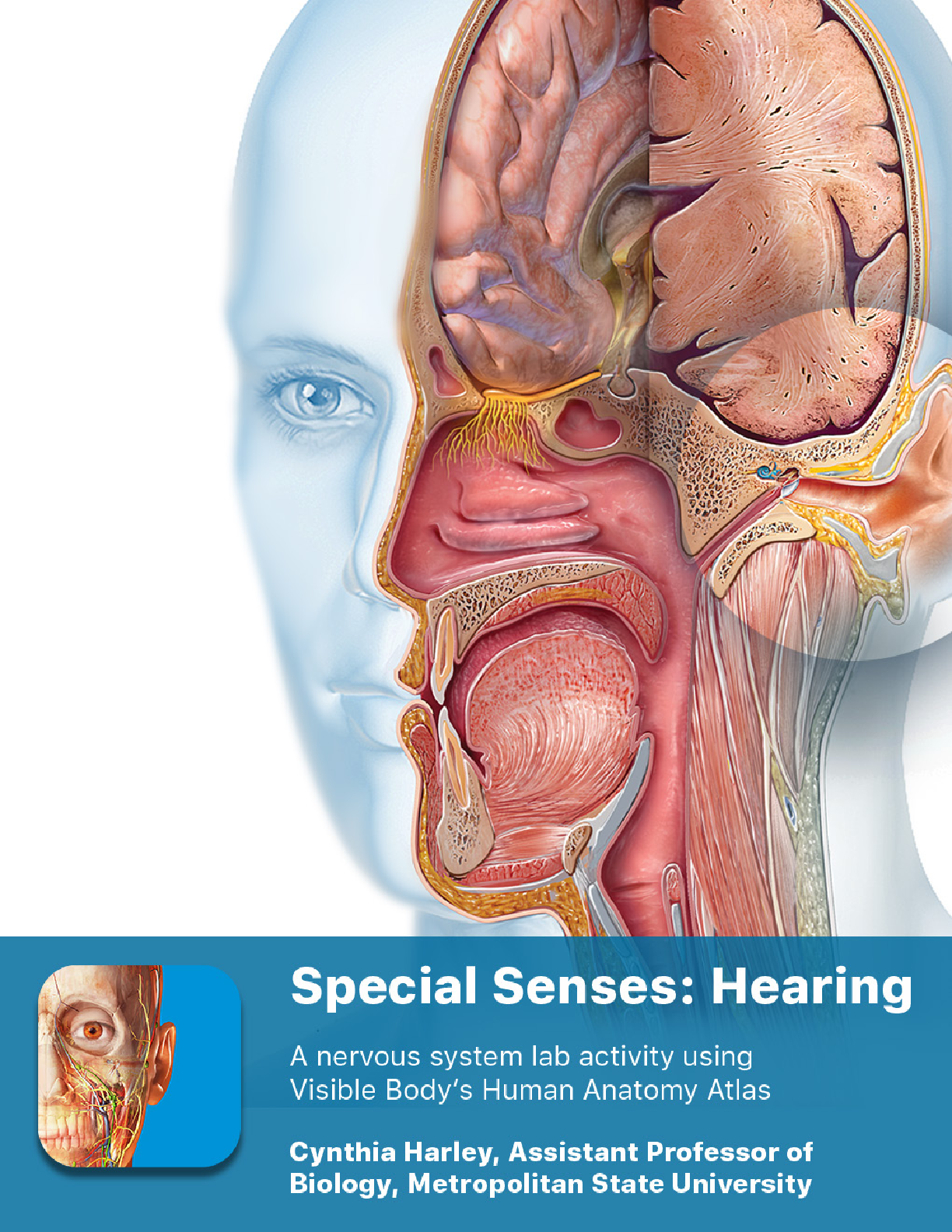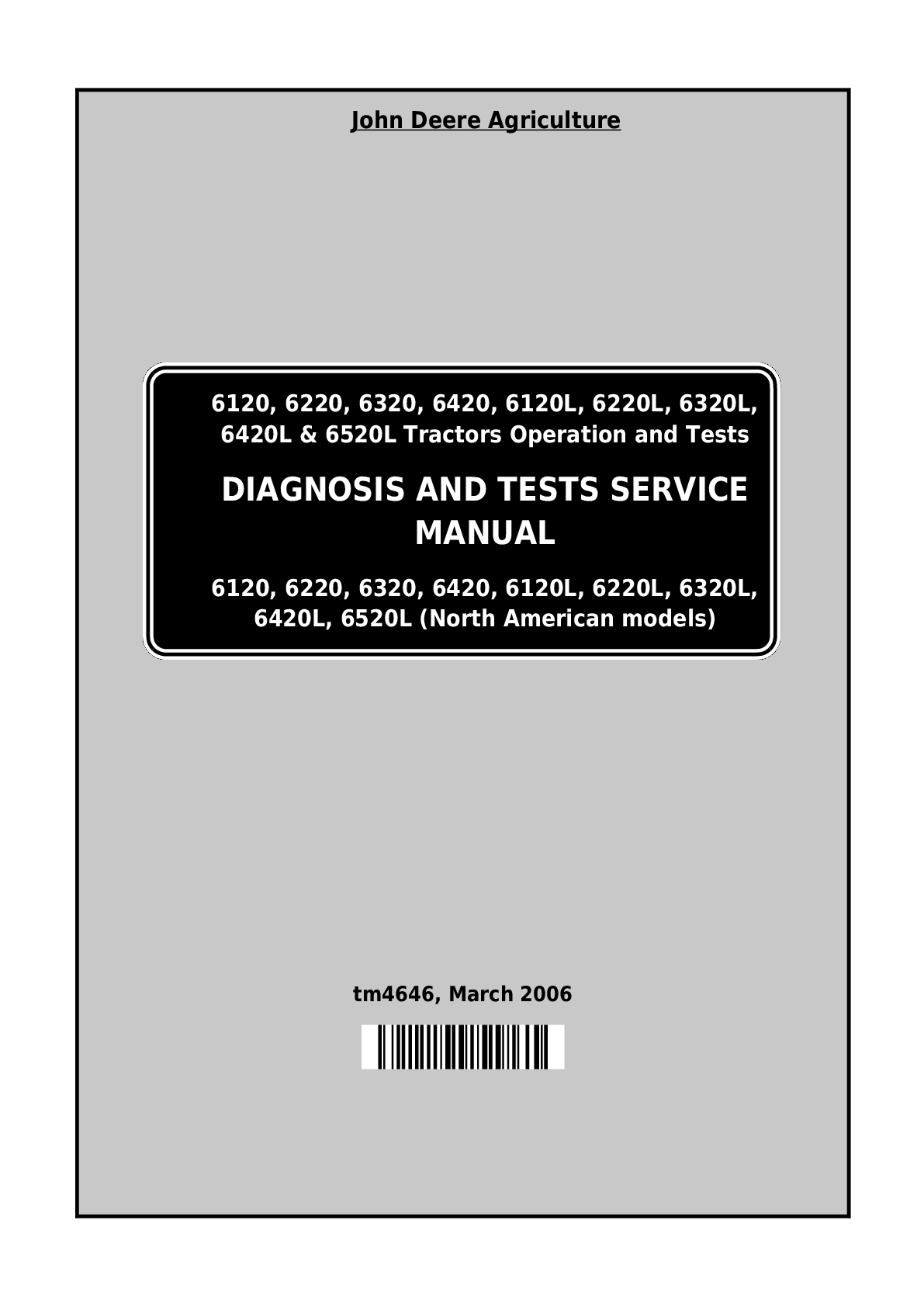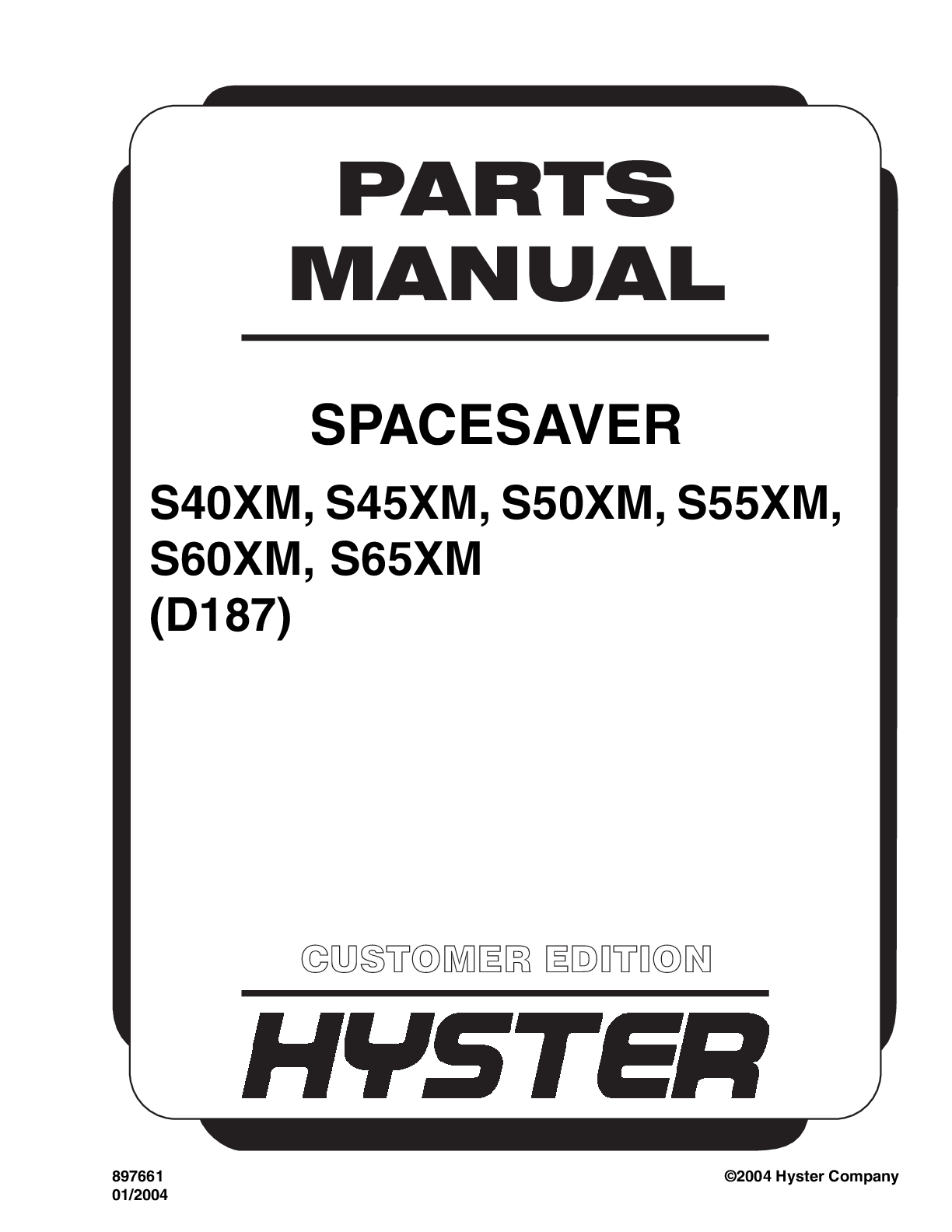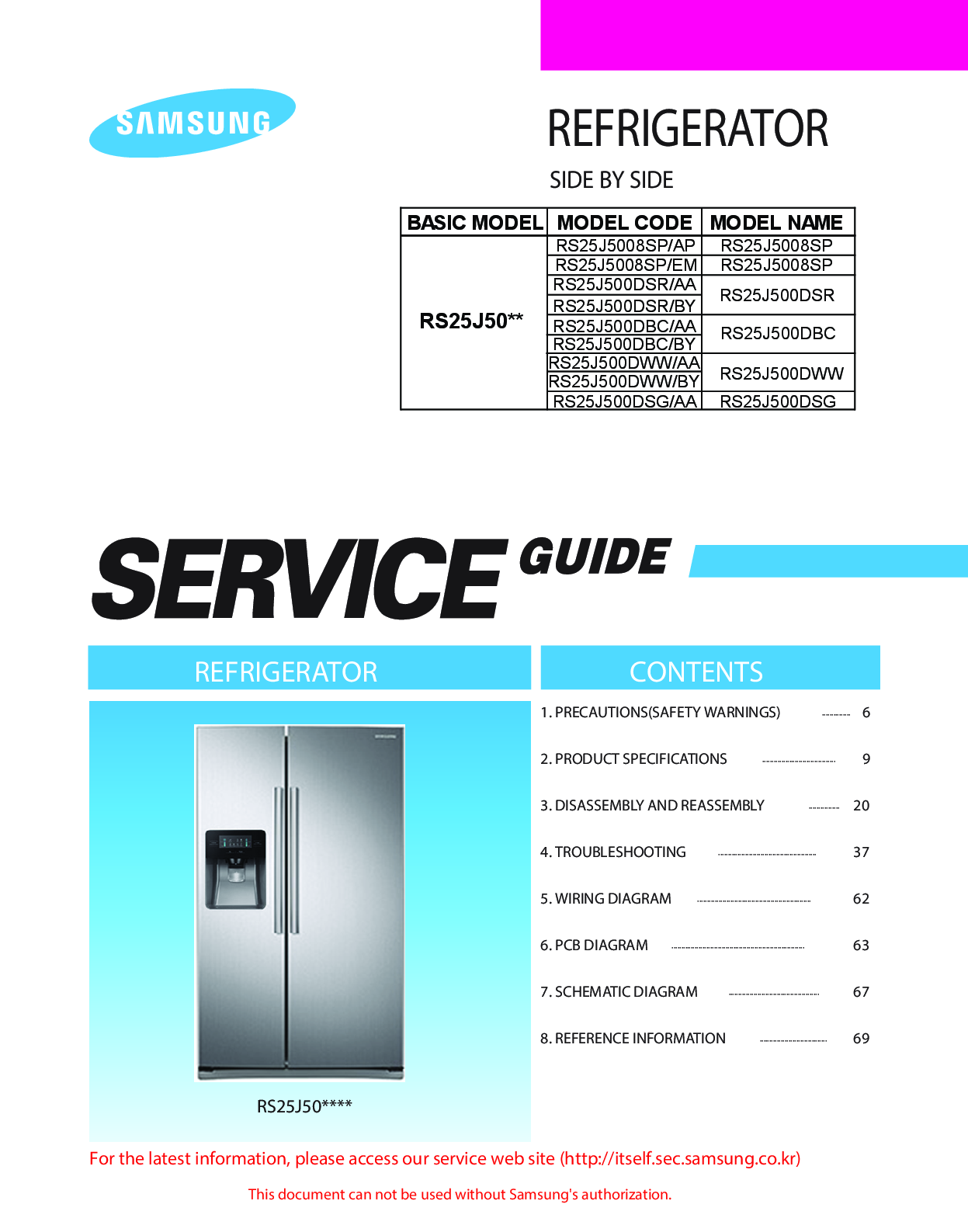Physiology > Manual > Animal Physiology Lab Manual (All)
Animal Physiology Lab Manual
Document Content and Description Below
Information to the Student 1 Information to the Student This laboratory course in Animal Physiology has been designed to provide you with an opportunity to increase your understanding of the princi ... ples of physiology, with an emphasis on comparative animal physiology. The experiments will introduce you to principles underlying medicine, nursing, dentistry, physical therapy, respiratory therapy, and other health professions. The experiments are presented in a manner that will allow you to better understand the scientific method as well as increase your observational and critical thinking skills. Mastery of these core concepts and vocabulary will provide tools that will help you succeed in your chosen profession. Prerequisite Concurrent or previous enrollment in either BIOL 3800 or BIOL 4505 Lab Grade Determination Midterm Examination 100 pts. Final Examination 100 pts. Lab Reports 2 @ 50 pts each 100 pts. Quizzes 10 @ 10 pts each 100 pts. Participation 10 @ 10 pts each 100 pts. Total 500 pts. A = 450-500pts., B = 400-449., C = 350-399., D = 300-349., F = <300. Examinations Students will take two exams, a Midterm and a Final. Each exam will be 50 multiple choice questions worth 2 points each. Each exam will cover only the material presented in the labs that precede it. The Final exam will not be comprehensive. Lab Reports Lab reports account for a large portion of your final course grade. Generally they will be about 10-14 pages and written as if you are explaining the background, procedure, and results to someone who has not performed this experiment, but who is considered to be a ‘relatively intelligent’ audience. Another biology student should be able to repeat your experiment from your description of it. For each lab exercise you will receive 10 participation points. If you are absent for the day of the exercise for which a report is written, you may still turn in your report and be eligible for all but these 10 points. You will lose these points, regardless of the justification for your1 Information to the Student 2 absence. You may also lose these points if your TA judges that you have not adequately participated in the exercise. Lab TAs cannot be required to grade illegible, incomprehensible reports. You may receive a zero in such cases. All reports must be presented professionally. To achieve this, type your report; number your pages; spell check; and proofread your report; do not include any ripped, torn or frayed pages; and finally staple your report. You will be required to turn in a paper copy of the report as well as turning in an electronic copy through Turnitin on Blackboard Learn. Failure to do either of these will mean that the report will not be accepted. The student is responsible for ensuring that the TA has received both copies. During the semester you will be completing the experiments and using data generated by all of the small groups working in each section of the lab. However, the production of the lab reports is to be an individual effort and not collaboration with the members of your group or anyone else. Plagiarism from the lab manual, textbooks, internet or fellow students (or cheating of any sort) are not tolerated. Appendix A details all lab report requirements. Quizzes Students will take 10 quizzes, worth 10 points each. Quizzes will be a mix of question types and will be given at the beginning of the lab. Topics covered on each quiz will include material from previous labs and from the lab given that day. Therefore, it is imperative that students prepare by reading the exercise for that day. Attendance and Participation Attendance is mandatory! If you do not attend your assigned section, you will lose points for any quizzes. If you miss either of the labs for which a lab report is due, you may still turn in a report, but you will lose the participation points (10 pts). Students will be allowed to make up one quiz and one exam, either the Midterm or the Final. These policies are in place to ensure that students have the opportunity to miss one lab for (presumably) valid, unavoidable reasons. You do not need to present documentation justifying your absence. Such documentation will not affect the implementation of this policy. Make ups will be given during your TA’s office hours, and should be arranged with the TA. For each lab you will receive 10 participation points. There will be eleven lab sessions, but your final grade will only be calculated from a total of 100 participation points. This means that you can miss one lab without penalty for whatever reason. An individual student will lose their participation points for a given lab day if they: Fail to attend more than one lab session. Leave the lab before the group is finished Fail to clean up their portion of the lab bench (including pushing their stool under the table). Fail to participate in the group attempt to carry out the lab exercises1 Information to the Student 3 A student group will all lose their participation points for a given lab day if they: Fail to clean up their instruments or their workspace Fail to put their supplies back in the proper location Fail to provide their instructor with either their lab results or a definitive statement that the group failed to obtain results The entire lab section will lose their participation points for a given lab day if they: Improperly dispose of waste materials Fail to properly clean up the common lab areas Any student who misses 4 or more regular lab sessions will be given a grade of F for the lab, regardless of the number of points that student has earned. Use of Live Animals During several of the experiments, you will be using live animals or preparations from live animals (e.g. crayfish,). Your TA has been trained in the humane use of experimental animals. All members of the lab should take special care when working with experimental animals. Note: Although we will utilize computerized data acquisition systems for several experiments, do not assume your labs will be a “Plug and Play” video game. It may be necessary to manipulate the tissue, electrodes, transducers, etc. to record the appropriate results. The extra effort required will add to your understanding of the experimental procedure and is indicative of physiological research, which often requires similar manipulation. Not every group will obtain useful results for every exercise. We will be pooling all of the data from every section so that we can emulate the actual research methodology. Lab Cleanup Students are responsible for cleaning the lab and equipment after each experiment. Care should be taken with glassware and biological tissue. These must be disposed of in containers specifically designed for this purpose. If you break any glass, be sure to clean the area well in order to avoid injuries to other persons. If any other equipment is damaged or broken, please inform the TA. Points will be deducted from any group that fails to follow cleanup procedures.2 Science and the Scientific Method 1 Information to the Student Science as a Way of Knowing This laboratory course focuses on two separate but related topics. The first focus is obviously animal physiology. Understanding the physiological processes that occur in animals enables us to understand how animals, and by extension, human beings, cope with changes in internal and external environmental conditions. The second focus of this course is the methodology of science, with special emphasis on experimental design and statistics. This portion of the course has even wider application than the first, since an understanding of empirical scientific methods allows the student to evaluate scientific studies both within and outside of the discipline of animal physiology. The human mind has the capacity for pattern recognition and forethought. Pattern recognition is the ability to compare observable features of the natural world and conceptualize the similarities and differences between discrete events. Each of us does this all of the time. We recognize objects by comparing our current sensory perceptions with our memories of previous perceptions. When our earliest ancestors saw a familiar pattern in the grass and recognized it as a crouching lion, they were demonstrating the profound selective advantage of pattern recognition. Language, a (perhaps) unique capacity of the human brain, is an extension of pattern recognition. We generalize and group perceptions by naming them. We store the symbols for those perceptions in our memories and recall them when we perceive something that our brains recognize as fitting the same pattern. If I hold up a pencil, you recognize it as a pencil and think the word pencil, even if you have never seen that particular pencil before. Forethought is the ability to make predictions about the future state of the world based on past observations. Our ancestors demonstrated forethought when they predicted the migration of herds of grazing animals with the changes of the seasons. Prediction is an important component of the scientific method. To the extent that all humans are capable of using pattern recognition and forethought to solve day to day problems, all people use the basic elements of science. Science as a formal discipline, however, is relatively modern. The relationship between simple problem solving and science is analogous to keeping notes versus writing a definitive textbook. The former is a temporary way of recording knowledge about a particular set of circumstances for the limited amount of time that such knowledge is needed. The latter is a way of generalizing a large number of related conditions to provide everyone with a more lasting base of knowledge. The method by which the overall knowledge of particular cultures has evolved has passed through several stages. The first is pure description. Observations of the world are made and phenomena are categorized. The second is reasoning. Reasoning includes both deductive and inductive reasoning. Deductive reasoning proceeds from general principles to prove a specific case. If we know that all cats are black, and that this particular animal is a cat, then2 Science and the Scientific Method 2 we can prove that this particular animal is black. Deductive reasoning requires perfect knowledge of the premises, or assumptions. Since we cannot possibly know that all cats are black, deductive reasoning is not useful by itself for solving real world problems. Inductive reasoning proceeds from specific examples to general conclusions. Inductive reasoning can be thought of as reasoning from probability. For example, if 90 of the last 100 cats that we have encountered were black, we can conclude that 90% of all cats are black, or that there will be a 90% chance that the next cat we encounter will be black. Inductive reasoning does not require perfect knowledge before a conclusion can be drawn, and every new observation improves the accuracy of our conclusions. The third stage of development is empirical, or experimental, science. Empirical science takes observation and reasoned conclusions and tests them under controlled conditions. The ancient Greeks, in particularly Plato and Aristotle, systematically expanded knowledge of the world through reasoning. The Arabs of the 12th century began the process of empirical science, especially chemistry and physics. Europeans, beginning in the Renaissance and through the Reformation refined the concept of empirical science until philosophers such as Isaac Newton, Robert Hooke, Gottfreid Leibniz, and many others, formally developed the modern scientific method. The Scientific Method The scientific method is a process designed to increase human understanding of the natural world. The basis of the scientific method is empiricism, which is a theory of knowledge that emphasizes observation and experimentation rather than a priori reasoning (reasoning that is independent of evidence), intuition, or revelation (argument from authority). In other words, the scientific method leads to knowledge based on experience with natural phenomena rather than on methods divorced from natural phenomena. The scientific method is also an iterative process, meaning that it is a series of repeating steps. These steps are; observation, hypothesis formation, prediction, and experimentation. Observation Human beings observe natural phenomena via their senses. Observations of the natural world can be either qualitative or quantitative. Quantitative observations, achieved by the use of measurement, are always preferable because they contribute to the elimination of subjective bias. Measurement allows for the introduction of mathematics to the scientific process. The objectivity of measurements of natural phenomena leads to observations that can be used to arrive at hypotheses. Hypothesis Formation A hypothesis is an explanation for an observed phenomenon. The formation of a hypothesis elevates science above simple description and categorization. Scientific hypotheses rest upon certain assumptions. The first is that nature is uniform. This assumption means that for the hypothesis to be correct, it must apply under a given set of conditions regardless of the time or place that the observations were made. The second is that nature is understandable. For any observable phenomenon (effect), another observable phenomenon must be the cause.2 Science and the Scientific Method 3 For a hypothesis to be scientifically valid, it must also be falsifiable. Valid in this sense does not mean correct, but merely appropriate for the scientific method to apply. This principle may seem counterintuitive, as most people assume that scientists always attempt to prove their hypotheses. However, it is ultimately impossible to absolutely prove any hypothesis. The best that can be accomplished is to fail to disprove a hypothesis. Scientists arrive at a best explanation for a phenomenon by progressively disproving alternate hypotheses. Hypotheses that posit supernatural, unobservable phenomena as causes for natural, observable phenomena are fundamentally unfalsifiable, and therefore not subject to scientific inquiry. This does not mean that it is impossible for such a hypothesis to be correct, but it does mean that we cannot use such a hypothesis to make testable predictions. Without testable predictions, an unfalsifiable hypothesis has no practical utility for helping us deal with the natural world. The mathematical representation of a hypothesis is known as a model. E=MC2 is perhaps the most recognizable example of a mathematical model, in this case, of the relationship between matter and energy. This line of reasoning leads us to the next step. The formation of a valid hypothesis allows the scientist to make a testable prediction of the outcome of future events. Prediction The ability to make testable predictions of future events makes the scientific method the most useful form of inquiry for dealing with the natural world. We can use our hypothesis to make a prediction of the future because of the principle of causality. Every phenomenon must have a finite number of discoverable causes. Causes must always precede effects, but just because one event always precedes another does not mean that the first event causes the second. This is instead a correlation, and correlation does not necessarily imply causation. Both events may instead be caused by a third event. To sort out correlation from causation, the sources of variation in the conditions leading to a particular phenomenon must be isolated and tested independently. Controlling these sources of variation is the basis for experimental controls. Experimentation An experiment is a procedure conducted under a defined set of conditions used to test the predictions derived from a given hypothesis. Possible sources of variation in the outcome of the experiment must be isolated (controlled), and the outcome must be determined objectively (measured). If an experiment is designed properly, the scientist should be able to definitively determine whether the predictions of the hypothesis have been met. If they have not been met, the hypothesis is disproved in favor of an alternate hypothesis. If the predictions are met, the hypothesis stands. If additional predictions can be made from the hypothesis, these are the basis for further experimentation. The results of an experiment are themselves observations, and lead into the next iteration of the scientific process. Scientific Notation It is important that you learn how to use scientific notation properly in this lab, since it is much easier to write a very large or very small number using it. Scientific notation can also be useful for multiplying or dividing large or small numbers, especially when those numbers differ by several2 Science and the Scientific Method 4 orders of magnitude. Since both scientific notation and the metric system are based on powers of 10, scientific notation can make calculations in metric units much simpler. Scientific notation follows the format of: a X 10b Where a is the coefficient, 10 is the base, and b is the exponent. The coefficient is written as a number, either an integer or decimal fraction, and represents the significant digits of the number being represented. The coefficient is also normally expressed as a number between 1 and 10, although this is not an absolute requirement. The base in scientific notation is always 10. Scientific notation is a subset of exponential notation. In other forms of exponential notation the base can be any number. For example, binary numbers can be represented using base 2 exponential notation. The exponent in scientific notation is always an integer representing the orders of magnitude of the number being represented. For example: 102 The above translates to “the base 10 multiplied by itself (10 X 10).” The powers of 10 are represented as follows: 100 = 1 (Any number followed by a zero exponent is one.) 101 = 10 (10 X 1 = 10) 102 = 100 (10 X 10 = 100) 103 = 1000 (10 X 10 X 10 = 1000) 10-1 = 0.1 (1/10) 10-2 = 0.01 (1/100 or 1/(10 X 10)) 10-3 = 0.001 (1/1000 or 1/(10 X 10 X 10)) So, 3.25 X 101 = 32.5 3.25 X 103 = 3250 3.25 X 105 = 325,000 And, 3.25 X 10-2 = 0.0325 In order to multiply two numbers in scientific notation, first multiply the coefficients and then add the exponents. For example: 625,000 · 5286 = 6.25 X 105 · 5.286 X 103 = (6.25 · 5.286) X 105+3 = 33.0 X 108 = 3.30 X 109 Note that we have only written three significant digits in the coefficient of the product since that is the least number of significant digits of the factors. Note also that we have adjusted the exponent of the final product to conform to normal scientific notation. As an exercise, you should write out the product in standard decimal notation and compare it to the product of the original standard notation factors. In the following example, we will multiply a large number by a small number: 783,000,000 · 0.00054 = 7.85 X 108 · 5.4 X 10-4 = (7.85 · 5.4) X 108+(-4) = 42 X 104 = 4.2 X 105 Note that we added a positive exponent to a negative exponent which is the same as subtracting a positive exponent from a positive exponent.2 Science and the Scientific Method 5 Division using scientific notation is similar, except that we subtract the exponent of the divisor from the exponent of the dividend to obtain the exponent of the quotient. For example: 10,000 ÷ 200 = 1 X 104 ÷ 2 X 102 = (1 ÷ 2) X 10(4-2) = 0.5 X 102 = 5 X 101 Remember that division, unlike multiplication, is non-commutative, so the order of the exponents in the calculation is important. As an exercise, you should carry out several calculations using scientific notation until you are comfortable with the procedure. The Metric System We will be using the metric system in this lab. Make sure you label all graphs and results with the appropriate units of measurement. Use the table below as a guideline. Measurement Unit Fraction or multiple Prefix Symbol Length Meter (m) 106 one million mega M Volume Liter (L) 103 one thousand kilo k Mass Gram (g) 10-1 one tenth deci d Time Second (s) 10-2 one hundredth centi c Temperature Degree Celsius (°C) 10-3 one thousandth milli m 10-6 one millionth micro µ 10-9 one billionth nano n Table 1.1: Metric units These units are used for basic physical properties such as mass and length. Other metric units have been defined as combinations of these basic units and will be introduced later, as needed. The simplest way to convert between different units in the metric system is to move the decimal point. If we wish to convert from a larger unit to a smaller unit, we move the decimal point to the right. If we wish to convert from a smaller unit to a larger unit, we move the decimal point to the left. For example: 1 centimeter = 10 millimeters (1 X 10-2m = 10 X 10-3m) 1 microliter = 0.001 milliliters (1 X 10-6L = 0.001 X 10-3)3 Basic Statistics and Experimental Design 1 Information to the Student Measurement and Statistics: A Thought Experiment Imagine that you need to measure the length of 100 sharpened pencils. All of these pencils are manufactured identically, and have been sharpened by the same procedure by one individual. You might reasonably expect all of the pencils to be the same length. However, when you measure them with a standard measuring device, you find that you do not obtain the same measurement for each pencil. The measured length of your pencils (your data) varies. We can identify many possible sources of variation, but the most prominent are errors of measurement and variation in the procedure used to produce the sharpened pencils. Accuracy and Precision Measurement errors are an inescapable consequence of the fact that human beings and their measuring instruments are never perfect. The value of any measurement or set of measurements depends on accuracy and precision. Accuracy refers to the how well a particular measurement conforms to the “true” measurement. Precision refers to how closely two or more repeated measurements will agree with each other. Measures of accuracy and precision will be related to the distribution of measurements, which we will examine now. The Normal Distribution Our measurement data represents a sample of a population. The population in this case is all of the possible pencils sharpened by the same procedure. This population is theoretically infinite. Our sample is a finite snapshot of the population. The larger our sample is, as a percentage of the total population size, the more accurately it will represent the population. Before we proceed, let us examine our sample data. The values are arranged in 10 rows of 10 columns for convenience. They are listed in the order they were collected, from right to left and top to bottom. Each value is given to one significant digit since we are measuring in centimeters with a ruler that is ruled in millimeter marks. If we listed any more significant digits, we would be overstating the accuracy of our measuring device. We should assume for the purposes of this exercise that all of the measurement were made by the same person using the same measuring device under conditions that were as nearly identical as possible [Show More]
Last updated: 3 years ago
Preview 1 out of 216 pages

Buy this document to get the full access instantly
Instant Download Access after purchase
Buy NowInstant download
We Accept:

Reviews( 0 )
$18.00
Can't find what you want? Try our AI powered Search
Document information
Connected school, study & course
About the document
Uploaded On
Jun 11, 2021
Number of pages
216
Written in
All
Additional information
This document has been written for:
Uploaded
Jun 11, 2021
Downloads
0
Views
176














